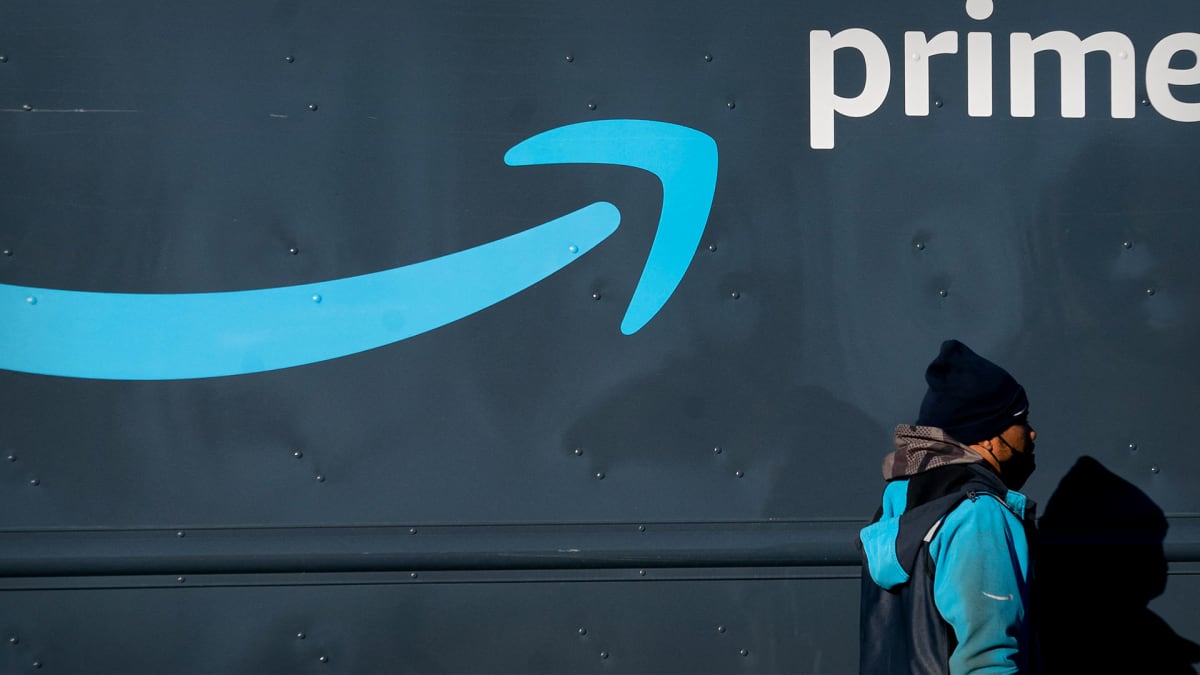
On April 1, 2022, Amazon (AMZN) workers in New York City's Staten Island became the company's first unionized warehouse in the United States.
Second only to Walmart (WMT) in terms of U.S.-based largest private employers, Amazon had been facing criticism from some employees for its labor practices. Points of contention included working conditions, surveillance of workers, increasing numbers of injuries, and the company's opposition to unions.
Back on March 30, 2020, Amazon worker Chris Smalls had taken part in leading a walkout at the Staten Island warehouse, called JFK8. The action was in response to Amazon's approach to dealing with the sudden appearance, at that time, of covid. The workers had cited a lack of safety codes. Smalls was fired that day.
The next month, another worker, Gerald Bryson, led another protest at the job site. During this protest, he ended up in a confrontation with another Amazon employee. Bryson was fired as well. Amazon said at the time the reason for the firing was a violation of the company's vulgar-language policy.
On April 20, 2021, the Amazon Labor Union (ALU) was created in response to this action as well as other labor activity at the company. One high-profile issue involved an eventually unsuccessful movement toward organizing an Amazon workplace union in Alabama.
So in the spring of 2022, when the National Labor Relations Board recognized the Staten Island workplace as unionized, pro-union workers felt vindicated.
But more battles were headed to the courts.
A Judge Hands Down a Mixed Decision
Last April, NLRB Judge Benjamin Green ruled that Bryson should be reinstated at the company with retroactive pay, calling his firing a type of retaliation. Amazon appealed that decision.
On Friday, Nov. 18, U.S. District Judge Diane Gujarati of the Eastern District of New York ruled that Amazon had committed unfair business practices at JFK8 in Staten Island. She called the pro-union organizing protected activity and said the company must cease and desist from firing employees who involve themselves in it.
This was a victory for the union, but at the same time, Gujarati also ruled against Bryson's reinstatement and back pay that the NLRB judge had ruled in favor of. She said there wasn't any proof "that Bryson’s termination continues to have any appreciable effect on the ALU’s efforts or on employee willingness to engage in protected concerted activity,” according to Retail Dive.
"Furthermore, given that Bryson was terminated approximately one year before the ALU was formed, this case is distinguishable from cases where union activists were terminated contemporaneous with their union activity and a diminution of union support was shown to exist following the termination," she continued.

FREDERIC J. BROWN/AFP via Getty Images
Reaction to the Ruling
Ellen Dichner, a professor at the City University of New York's School of Labor and Urban Studies, said she had some concerns about the decision.
"Judge Green found very, very firmly that there was an unfair labor practice and recommended immediate reinstatement," she told Retail Dive.
"I have to tell you, I don’t understand this decision,” Dichner continued. "Generally, if a judge finds reasonable cause and orders a cease and desist, there’s an understanding of the law that when it’s known to employees that one of the major activists was fired for engaging in concerted activity over health and safety conditions or in support of the union, that chills the exercise of rights by other employees. Employees react to discharges of activists. They may even vote yes for the union, but they’re not going to stand out as open activists out of fear the same thing could happen to them."







